Settlements in Injury to a Minor Suits
Contents
- Settlements in Injury to a Minor Suits
- Common Types of Child Accidents
- Common Injuries that Lead to Child Injury Lawsuits
- Average Car Accident Settlement for a Child
- Factors that determine the typical amount of child injury settlements
- How to Settle a Minor’s Injury Case
- Severity and extent of the child’s injuries
- Medical expenses and ongoing healthcare needs
- Pain and suffering endured by the child
- Emotional distress and psychological impact
- Loss of future earning potential
- Liability and fault of the responsible party
- Role of legal representation in negotiating settlements
- Case studies and examples of typical child injury settlement amounts
- Steps to take when pursuing a child injury settlement
- FAQs on Child Injury Settlement
- Is court approval required for minor settlements in Texas?
- Can I gain access to my child’s settlement money in Texas?
- How are personal injury settlements paid out in Texas?
- What is the friendly suit process in Texas?
- Can you sue a minor in the state of Texas?
- What percentage do lawyers charge for settlements in Texas?
- What percentage does a lawyer get in a settlement case in Texas?
Child injury settlements differ significantly from adult personal injury settlements, and there are several additional steps involved. By law, court involvement is always required to ensure that the best interests of the child are protected.
To this end, parents or guardians must enter into any agreements with attorneys on behalf of a minor child, while the probate court must approve any settlement reached. In order to seek approval from the court, parents and guardians must provide detailed information about the accident or injury giving rise to the child’s claim, as well as proof of the present condition of the child.
Additionally, any settlement must include an itemization of every dollar to be distributed – including attorney fees, costs, and repayment of medical expenses – all of which must be considered customary, necessary, and reasonable by the court. Ultimately, the court ensures that legal representation has been adequately provided and that the minor has been treated fairly throughout the settlement process.
Common Types of Child Accidents
| Accident Type | Typical Causes | Common Injuries |
|---|---|---|
| Automobile | Reckless driving, lack of seatbelts, distracted driving | Head trauma, spinal injuries, broken bones |
| Bicycle | No helmet, driver error, road hazards | Head trauma, fractures, scrapes |
| Playground | Improper surfaces, lack of supervision, defective equipment | Fractures, head injuries, lacerations |
| Swimming Pool | Unsecured pool area, lack of supervision, diving mishaps | Drowning, head/neck trauma, paralysis |
| Dog Bite | Loose aggressive dogs, unsupervised interaction | Lacerations, infection, scarring |
| Choking/Suffocation | Small objects, food, blankets near face | Asphyxiation, brain damage |
| Poisoning | Unsecured chemicals, medication | Internal organ damage, coma, death |
| Fire/Burn | Unattended cooking, flammable materials | Severe burns, respiratory damage |
| Firearm | Unsecured weapons, improper storage | Gunshot wounds, death |
Here are some common types of child accidents that can lead to personal injury lawsuits if negligence is involved:
- Automobile accidents – Car crashes are a major cause of injury and death for children. Lawsuits may be filed if another driver was negligent.
- Daycare injuries – Lack of supervision at daycares that result in a child getting injured could warrant legal action.
- Playground accidents – Injuries on unsafe playground equipment can bring lawsuits against schools, parks departments, or manufacturers.
- Swimming pool accidents – Drownings or injuries due to poor security, maintenance, or supervision around pools may lead to premises liability suits.
- Bicycle accidents – Driver negligence or helmet law violations resulting in bike crashes could lead to lawsuits.
- Dog bites – Children are common victims of dog attacks, which may lead to legal claims, especially if the owner is irresponsible.
- Defective products – Toys, furniture, strollers, cribs, etc. that injure children due to defects may result in liability claims against manufacturers.
- Medical malpractice – Birth injuries, medication errors, and negligence during pediatric care can warrant medical malpractice suits.
The younger the child, the more likely an injury can occur. Ensuring safety and accountability when children are in one’s care is crucial to avoiding legal consequences. For peace of mind, you should consider connecting with a skilled child injury attorney. They can review the facts of the case and advise you on your rights and legal options. If you have a valid case, they can identify the responsible parties and work with you to secure the compensation your family needs.
Common Injuries that Lead to Child Injury Lawsuits
Here are some of the most common types of injuries in child accident and injury lawsuits:
- Head injuries – Concussions, traumatic brain injuries, and skull fractures are frequent in falls, crashes, sports impacts, and abuse cases.
- Broken bones – Fractures to arms, legs, hands, and other bones occur often from falls, accidents, and defective products.
- Spinal cord injuries – Damage to the neck/back can occur in vehicle crashes, sports collisions, falls, and diving accidents.
- Burns – Scalding from hot liquids/surfaces is prevalent in daycare and household accidents.
- Drowning injuries – Brain damage from oxygen deprivation.
- Damage to internal organs – Impacts, penetration injuries, or blunt force can harm organs like the lungs, liver, and spleen.
- Cuts and lacerations – From sharp edges on play equipment, furniture, toys, and glass.
- Asphyxiation – Choking on small objects, food, or due to unsafe sleep environments.
- Amputations – Digits, limbs, or appendages cut off in accidents, lawnmowers, and escalators.
- Emotional/psychological trauma – Resulting from harassment, bullying, and abuse.
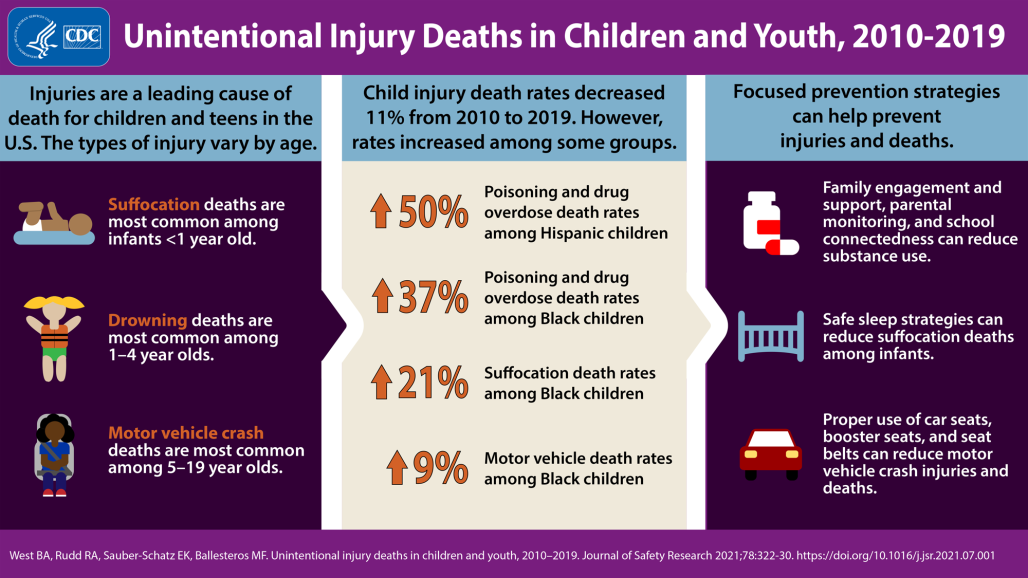
The severity of outcomes depends on the child’s age and the nature of the incident. But any injury can be devastating and warrant investigation into negligence.
Average Car Accident Settlement for a Child
When it comes to car accident settlements, one size does not fit all. Injuries sustained in a crash vary greatly depending on the severity of the accident, the types of vehicles involved, and the age of those affected. When a child is involved in an auto accident, their settlement will likely differ from that of an adult—but how much? Let’s take a closer look at the factors that affect the average settlement for a child in a car accident.
The average car accident settlement for a child ranges greatly depending on the severity of the incident and other influencing factors. However, victims can usually expect to receive somewhere between $15,000 and $25,000 from defendants found liable for their damages. If you have been in a car accident with your child, it is important to consult with an attorney to ensure you receive the maximum compensation possible.

Compensatory Damages
In order to determine the dollar amount of car accident settlements, courts must first evaluate compensatory damages. These are monetary payments intended to reimburse an injured person for any past or future losses resulting from an auto collision. Generally speaking, compensation is given for medical expenses, lost wages, physical impairment, disfigurement, and emotional distress.
Non-Economic Factors
In addition to compensatory damages, non-economic factors also come into play when settling a car accident claim involving a child. The court may consider the victim’s age, the severity of their injuries, and how the accident impacted their life. Furthermore, certain states have laws that guarantee extra compensation for children who experience particular forms of injury.
Sensitivity in Case Proceedings Involving Children
Above all else, an insurance company or jury is obligated to take special care when processing a case that involves a minor. This means they should act with a great degree of sensitivity throughout the proceedings and demonstrate a genuine understanding of the profound effects the incident has had on the victim’s life.
Factors that determine the typical amount of child injury settlements
Child injury settlements can vary greatly depending on several key factors. It is essential to understand these factors to have a better understanding of the typical amount of compensation that may be awarded.
Severity of the Injury
The severity of the child’s injury is a crucial factor in determining the settlement amount. Serious injuries that result in long-term or permanent disabilities will generally result in higher compensation due to the increased impact on the child’s quality of life and future prospects.
Medical Expenses
The medical expenses incurred as a result of the child’s injury play a significant role in determining the settlement amount. This includes hospital bills, surgeries, ongoing treatments, medications, therapy, and rehabilitation costs. The more extensive and ongoing the medical expenses, the higher the potential settlement amount.
Pain and Suffering
The physical and emotional pain suffered by the child due to the injury is another factor that is considered when calculating the settlement. This includes the child’s physical pain, mental anguish, emotional distress, and any long-term psychological effects resulting from the injury.
Future Damages
If the child’s injury has long-term consequences that will impact their future, such as the need for ongoing medical treatments, specialized care, or educational support, these future damages will be taken into account when determining the settlement amount.
Liability
Determining liability is crucial in child injury cases. If negligence or fault can be proven, it can significantly impact the settlement amount. Factors such as the party responsible for the injury, their insurance coverage, and the strength of the evidence play a vital role in determining liability.
Legal Representation
The quality and expertise of the legal representation also play a role in negotiating and securing a fair settlement. Experienced personal injury attorneys who specialize in child injury cases can often maximize compensation by effectively presenting the evidence and advocating for the child’s rights.
How to Settle a Minor’s Injury Case
When a minor child becomes the victim of someone else’s negligence, it is essential to ensure that their rights and interests are properly protected. This process begins with settling the case, but due to the unique nature of dealing with minors, it requires taking certain additional steps. Knowing how to settle a minor’s case can help protect both the minor and any potential defendants from future legal action.
What Is a Friendly Suit?
In order to settle a claim involving a minor, a “friendly suit” may be necessary. A friendly suit is a lawsuit brought by all parties as a necessary formality of finalizing a settlement for a minor child. All parties involved—including the minor and any potential defendant—must agree to the terms of the settlement in order to move forward with this option. Through court approval of the settlement, the defendant can be protected against being sued once the minor turns eighteen.
The Guardian Ad-Litem
Once all parties have agreed to the settlement terms, the insurance company will refer the case to an attorney who prepares the paperwork for the friendly suit. At this point, a judge will appoint an independent guardian ad-litem or attorney ad-litem—someone tasked with investigating and reviewing the settlement to determine whether it is in the best interests of the minor child. The presence of this impartial party ensures that the minor’s interests are objectively protected.
Where Does the Money Go?
After the ad-litem investigation is complete and a hearing is held to present all terms of the settlement to the court, the court and ad-litem will typically recommend that the settlement be placed in the court’s registry until the minor turns eighteen. This ensures that funds intended for the minor’s benefit are preserved. However, if there is an agreement between all parties—including consent from the court—the money can be placed in a private annuity instead.
Severity and extent of the child’s injuries
When it comes to child injury settlements, one of the key factors that determine the typical amount is the severity and extent of the child’s injuries. The impact of an injury on a child can be especially devastating, both physically and emotionally. Therefore, it is crucial to consider the long-term consequences and effects that the child may experience.
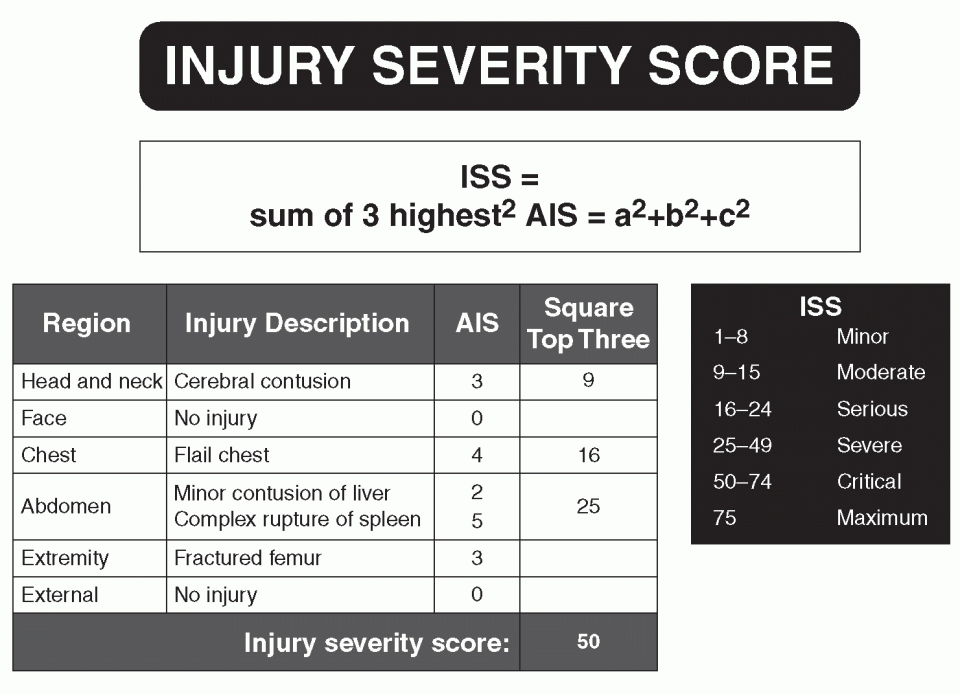
In assessing the severity of the injuries, various aspects are taken into account. This includes the medical reports and evaluations from healthcare professionals, detailing the extent of the injuries, prognosis, and any potential complications. Severe injuries that result in long-term or permanent disabilities, such as traumatic brain injuries or spinal cord injuries, generally lead to higher settlement amounts.
Additionally, the child’s age at the time of the injury plays a significant role. Younger children may require ongoing medical treatment and rehabilitation, impacting their overall quality of life and future opportunities. In such cases, the settlement amount takes into consideration the potential need for specialized care, assistive devices, educational support, and therapy.
Furthermore, the impact of the injuries on the child’s daily activities and ability to participate in normal childhood experiences is considered. This includes limitations in physical activities, social interactions, and education. The emotional and psychological effects are also taken into account, as children may suffer from anxiety, depression, or post-traumatic stress disorder as a result of their injuries.
Lastly, the anticipated future medical expenses, including surgeries, medications, therapy sessions, and assistive devices, are considered when determining the settlement amount. The economic damages resulting from the child’s injuries, such as medical bills and lost income of the parents or caregivers, are also factored in.
Medical expenses and ongoing healthcare needs
When it comes to child injury settlements, one of the most crucial factors that determine the typical amount is the child’s medical expenses and ongoing healthcare needs. Child injuries can result in significant medical bills, including emergency room visits, surgeries, hospital stays, medications, rehabilitation, therapy, and follow-up appointments.
Insurance companies and legal professionals will carefully assess these medical expenses to calculate the total cost incurred as a direct result of the injury. This includes both past medical bills and estimated future medical expenses. It is essential to gather all relevant medical records, bills, and expert opinions to accurately quantify the financial impact of the injury on the child’s healthcare needs.
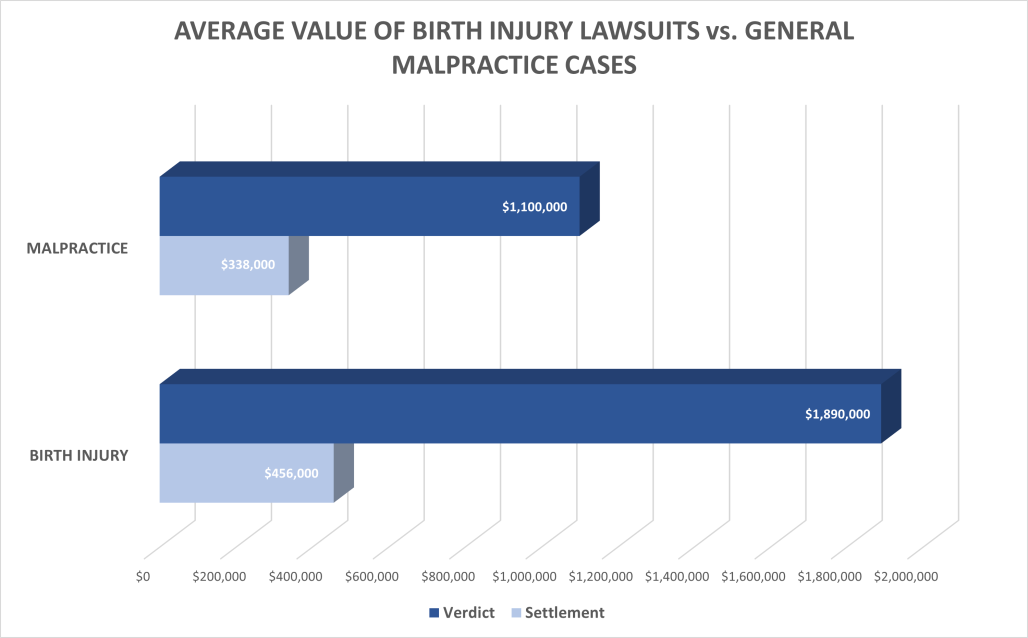
Additionally, ongoing healthcare needs play a significant role in determining the settlement amount. Some injuries may require long-term or lifelong medical care, such as specialized therapies, assistive devices, or modifications to the home environment. These ongoing needs must be thoroughly evaluated to ensure that the child receives adequate compensation to cover the costs of their continued care and well-being.
In some cases, the settlement may also include funds for future medical advancements and potential complications that may arise as the child grows older. It is crucial to work with experienced attorneys and medical professionals who can accurately assess the child’s current and future healthcare needs to negotiate a fair settlement amount that takes into account all necessary medical expenses.
Pain and suffering endured by the child
One crucial factor in determining the typical amount of a child injury settlement is the pain and suffering endured by the child. This encompasses the physical and emotional anguish experienced as a result of the injury. While it can be challenging to quantify pain and suffering in monetary terms, it is an essential element considered in settlement negotiations or court proceedings.
When assessing the impact of the injury on the child’s pain and suffering, several factors come into play. The severity and duration of the physical pain caused by the injury are evaluated. For example, a child who experiences excruciating pain immediately after the incident and requires ongoing medical treatments is likely to receive a higher settlement compared to a child with a minor injury that heals quickly.

Emotional suffering is another critical aspect considered in child injury settlements. The trauma and psychological impact of the accident on the child’s mental well-being are taken into account. This includes considerations such as anxiety, depression, fear, and any other emotional distress caused by the injury. The impact on the child’s daily life, relationships, and overall quality of life will also be factored in when determining the appropriate compensation.
Additionally, the long-term effects of the injury on the child’s physical and emotional well-being are considered. If the injury results in permanent disability or chronic pain that affects the child’s future prospects, the settlement amount will likely reflect the long-term consequences.
To assess the pain and suffering endured by the child, various pieces of evidence are often considered, including medical records, expert testimonials, and the child’s own account of their experiences. It is crucial to ensure that all aspects of the child’s pain and suffering are thoroughly documented, as this will greatly influence the outcome of the settlement negotiation or court decision.
Emotional distress and psychological impact
When it comes to child injury settlements, it’s important to consider not only the physical damages but also the emotional distress and psychological impact that the child may have experienced. The emotional and psychological toll of an injury can be significant and long-lasting, affecting the child’s overall well-being and future development.
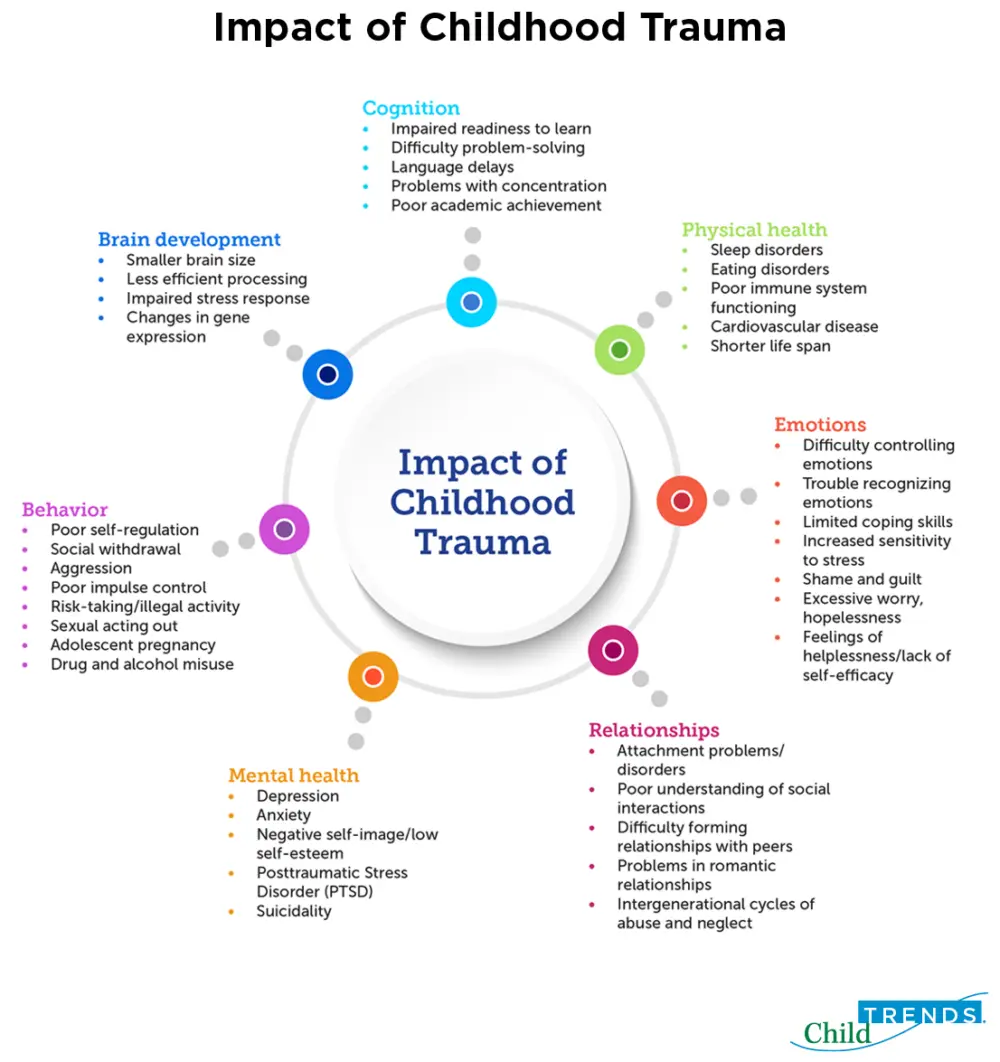
For instance, a child who has sustained a serious injury may experience anxiety, depression, or post-traumatic stress disorder (PTSD) as a result of the traumatic event. These emotional and psychological effects can manifest in various ways such as nightmares, difficulty concentrating, changes in behavior, and fear of similar situations.
When determining the typical amount for a child injury settlement, the extent of emotional distress and psychological impact is taken into account. Factors such as the severity of the injury, the age of the child, and the duration and intensity of the emotional distress are considered.
In some cases, expert testimony from psychologists or psychiatrists may be required to assess the child’s emotional and psychological state and provide a professional evaluation of the impact the injury has had on their mental well-being. This evaluation plays a crucial role in determining the appropriate compensation for the child’s emotional distress.
Loss of future earning potential
When it comes to child injury settlements, one crucial factor that is taken into consideration is the loss of future earning potential. This refers to the impact the injury may have on the child’s ability to earn income in the future.
In evaluating the potential loss of future earning capacity, several factors are examined. Firstly, the severity of the injury and its long-term effects on the child’s physical and mental abilities are considered. If the injury has caused permanent disabilities or limitations that will hinder the child’s ability to work or pursue certain professions, it can significantly impact the potential settlement amount.

Additionally, the child’s age at the time of the injury is important. A younger child who sustains a severe injury may have a longer period of time in which their potential earnings could be affected. On the other hand, an older child may already have some established career aspirations or earning potential, which can be taken into account when determining the damages.
The child’s educational background and academic performance are also evaluated. If the injury hampers their ability to pursue higher education or limits their career options, it can factor into the calculation of the settlement amount. Expert opinions from vocational and economic experts may be sought to assess the potential impact on the child’s future earning capacity.
Liability and fault of the responsible party
One crucial factor that determines the typical amount of a child injury settlement is the liability and fault of the responsible party. In any personal injury case involving a child, it is essential to establish who is at fault for the accident or incident that caused the child’s injury.
Liability refers to the legal responsibility of an individual or entity for the harm caused. It is necessary to prove that the responsible party had a duty of care towards the child and failed to fulfill that duty, resulting in the child’s injury. This can include a range of scenarios, such as a negligent driver causing a car accident, a defective product causing harm, or inadequate supervision at a school or daycare facility.

Determining liability requires a thorough investigation into the circumstances surrounding the child’s injury. Evidence such as witness statements, expert opinions, photographs, and medical records will play a crucial role in establishing fault. The more compelling the evidence, the stronger the case for liability.
Once liability is established, the next step is to assess the extent of fault on the part of the responsible party. In some cases, multiple parties may share the blame for the child’s injury. For example, if a child is injured in a car accident, both the driver of the other vehicle and the manufacturer of a defective car seat may be found partially responsible.
The degree of fault assigned to each party will influence the amount of the settlement. If the responsible party is found to be entirely at fault, the settlement amount may be higher. However, if the child’s own actions contributed to the injury, the settlement may be reduced based on the concept of comparative negligence.
Role of legal representation in negotiating settlements
When it comes to child injury settlements, having proper legal representation plays a crucial role in negotiating the settlement amount. A skilled and experienced attorney specializing in personal injury law can significantly impact the outcome of your case and ensure that you receive a fair and just settlement for your child’s injuries.
One of the main advantages of having legal representation is the attorney’s ability to navigate the complex legal system on your behalf. They have in-depth knowledge of personal injury laws, rules, and regulations specific to child injury cases. This expertise allows them to assess the full extent of your child’s injuries and the associated medical expenses, both present and future.
Furthermore, a knowledgeable attorney will thoroughly investigate the circumstances surrounding the injury, gathering evidence, witness testimonies, and medical records to build a strong case. They will also consult with medical experts, if necessary, to determine the long-term effects and potential future medical needs of your child.
In negotiating the settlement, your attorney will advocate for your child’s best interests. They will use their negotiation skills to communicate with insurance companies or the responsible party’s legal representatives, ensuring that you are not taken advantage of during the process. With their experience and understanding of the legal system, they can assess the value of your child’s claim and fight for a settlement that adequately compensates for their pain, suffering, medical expenses, and any future damages that may arise.
It is important to remember that insurance companies and defendants often aim to minimize their financial liability, and without proper legal representation, you may be at a disadvantage. Having an attorney by your side will level the playing field and provide you with the best chance of reaching a fair settlement.
Case studies and examples of typical child injury settlement amounts
When it comes to child injury settlements, understanding the factors that determine the typical amount is crucial. While every case is unique, looking at case studies and examples of previous settlements can provide valuable insight into what to expect.
For instance, let’s consider a case involving a child who sustained injuries in a car accident. Factors such as the severity of the injuries, the long-term impact on the child’s life, and the extent of medical treatment required will all play a significant role in determining the settlement amount.

In one case study, a child who suffered a traumatic brain injury resulting in permanent cognitive impairments was awarded a settlement of $5 million. This substantial amount was justified by the lifelong medical care, therapy, and special education needs the child would require.
On the other hand, a case involving a child who sustained minor injuries, such as a broken bone or bruises, may result in a much smaller settlement. In such instances, the duration of recovery, medical expenses, and any emotional trauma experienced by the child will be considered in determining a fair compensation amount.
Steps to take when pursuing a child injury settlement
When pursuing a child injury settlement, there are several important steps to take. These steps will not only help you navigate the legal process but also ensure that you have the best chance of receiving a fair and just settlement for your child’s injuries.
- Seek immediate medical attention: The first and most crucial step is to ensure that your child receives prompt medical attention for their injuries. This not only helps in establishing the extent and severity of their injuries but also creates a crucial medical record that will be vital in the settlement process.
- Consult with an experienced attorney: It is crucial to consult with an attorney who specializes in child injury cases. They will have the knowledge and expertise to guide you through the legal process, advocate for your child’s best interests, and help determine the potential value of your child’s injury claim.
- Gather evidence: Collecting evidence is essential in building a strong case for your child’s injury settlement. This may include medical records, photographs of the accident scene, witness statements, and any other relevant documentation that supports your child’s claim.
- Document the impact on your child’s life: In order to accurately assess the damages in a child injury settlement, it is important to document the impact of the injuries on your child’s life. This may include medical bills, rehabilitation costs, therapy expenses, educational expenses, and any other costs associated with their injuries.
- Negotiate or pursue legal action: Depending on the circumstances, you may have the option to negotiate a settlement with the responsible party or their insurance company. Alternatively, if a fair settlement cannot be reached, you may need to file a lawsuit and pursue legal action to ensure your child receives the compensation they deserve.
FAQs on Child Injury Settlement
Is court approval required for minor settlements in Texas?
Yes, court approval is required for minor settlements in Texas. In most cases, settlement funds are managed by a third-party guardian ad litem who reviews the terms of the agreement and reports to the court. Court approval ensures that minors receive appropriate compensation and that all parties involved adhere to the settlement terms.
Can I gain access to my child’s settlement money in Texas?
Generally, parental guardians are not allowed direct access to a minor’s settlement funds. In most cases, a court-appointed guardian will manage the funds, investing them in low-risk assets until the minor comes of age. The court reserves the right to approve spending decisions related to medical expenses and education costs if deemed necessary by the guardian ad litem.
How are personal injury settlements paid out in Texas?
Personal injury settlements are typically paid out in a lump sum or through structured settlement payments. Structured settlements can be tailored to meet your needs, allowing you to receive regular payments over a specified period of time while reducing tax liabilities and providing peace of mind.
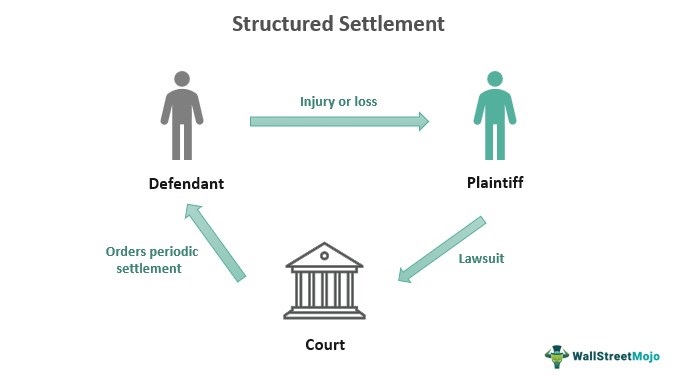
What is the friendly suit process in Texas?
The friendly suit process is a way for individuals to settle disputes without going through the court system. It involves both parties agreeing on the terms of the settlement—including liability, fault, amount of damages, etc.—and submitting those terms to a judge for approval in order to reach an agreement. This type of settlement saves time and costs associated with litigation.
Can you sue a minor in the state of Texas?
Suing a minor under Texas law is possible but challenging. While a minor has many of the same rights as an adult, they lack the legal capacity to sue or be sued until they turn 18. However, parents can pursue certain claims on behalf of their children, such as personal injury suits, using the friendly suit process outlined above. Under the Texas Family Code Section 41.001, a legal guardian can be held accountable for any property damages caused by their child. This section of the code provides insight into the circumstances in which parents or other persons with control and authority over a minor can be held liable for any destruction to property, that is caused by their own child.
What percentage do lawyers charge for settlements in Texas?
Attorneys’ fees vary based on the complexity of the case and other factors, so there is no one-size-fits-all answer. In general, attorneys charge between 25%-40% of the total settlement amount as their fee. It is important to discuss fees with your attorney prior to entering a settlement agreement.
What percentage does a lawyer get in a settlement case in Texas?
As stated previously, attorneys’ fees vary depending on the complexity of the case and other factors. Generally speaking, an attorney will take around 25%-40% of the total settlement amount. It is important to discuss fees with your attorney prior to entering a settlement agreement.




